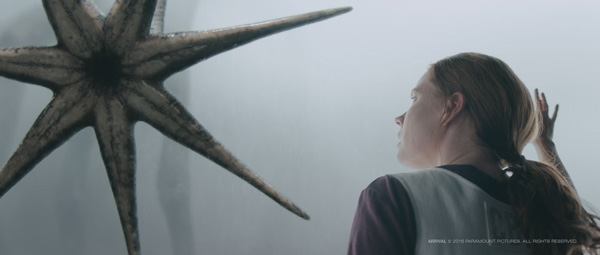
The team at Hybride in Québec created 245 visual effects shots for science fiction film ‘Arrival’ serving as the main VFX vendor working with director Denis Villeneuve and production VFX supervisor Louis Morin. The story is an adaptation of a science fiction short story titled ‘Story of Your Life’ by Ted Chiang. It revisits the fascinating idea of aliens visiting us here on Earth, but focuses much more on communication than warlike encounters.
Therefore, when twelve of the alien’s spacecraft touch down at different spots around the world, a specialist team is formed to investigate. They enter one of the ships, meet the aliens up close and slowly start learning their language.
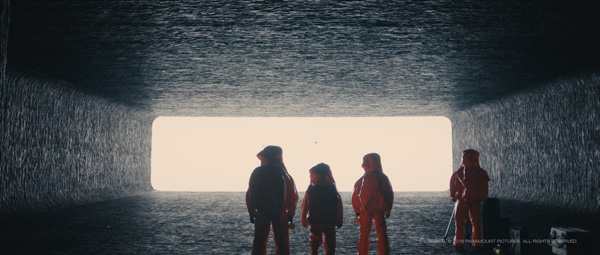
As a film that thinks about aliens in unconventional ways, the vendor chose to work with a number of vendors who devoted time to the individual effects. For the spaceship effects alone were Oblique FX and Rodeo FX on their gravity shift plus Framestore on their disappearance. Framestore, Raynault and Oblique also worked on the resulting world crisis and digital armies. Folks FX and Alchemy FX worked on still other effects.
New Language
Hybride’s work however, adding up to 25 minutes of screen time, included all of the alien shots seen in the movie and, interestingly, the logograms - the written language the aliens use as they attempt to communicate with the humans. Other VFX by Hybride include look development and animation for the fog in the environment, which was critical to depicting realistic interaction with the aliens. Their VFX supervisor was Philippe Théroux, with CG supervisor Nicolas-Alexandre Noël. They remember the director saying that, when people left the theatres, he didn’t want them to simply remember the aliens and how they looked. “We had to keep in mind that it was to be an alien movie…but not an alien movie,” Philippe said.
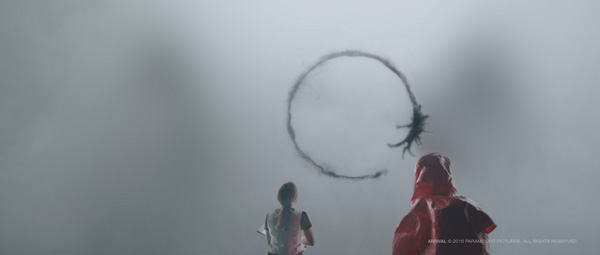
Working with concept art supplied by the production team, Hybride’s artists took over the development of both the logograms and the transition effects – the fleeting animations that show between the logograms as they appear - delivering a total of 70 logogram shots for the film. In a way, the logograms were the most important effect in the project because they are at the centre of the story, and make it different from other films about aliens.
“We started experimenting with the gestures the aliens use to eject the ink that creates the logograms. In the first blocking we did, the alien would squirt the ink out of the middle of his hand, but we ended up laughing because it looked more like Spider-Man throwing a web. We finally came up with something more organic and fluid, and slower. We always referenced back to the movements of whales, so the throw of their ink had to be slow and graceful.
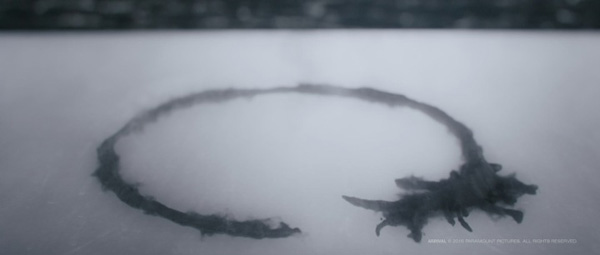
“The effects artists aimed to generate flowing segues, blending one logogram to the next. We used animation controls to tailor Houdini fluid simulations, so that each time the ink settled into place it fell into the predetermined geometry of the next target shape. We needed it to look very natural, but we also needed to control it, but as soon as you start to control it, then it starts to look mechanical. So it was a balance of letting it flow in an organic way, while controlling it enough to take the proper shape at the proper time.”
Giraffe on Spider’s Legs
Regarding the looks, modelling and animation of the aliens themselves, before starting work on the project, Hybride discussed with the production team the creative research they had already done. “They were very open to any suggestions we had,” said Philippe. “One of the challenges for us was animating these tall creatures without revealing them until the very end. After doing a lot of tests, our work resulted in an alien gait described by our animation team as ‘a giraffe on spider legs, with the weight of an elephant’ - and that proved to be by far the biggest animation challenge for us. We needed to find the right balance between something that was tall and nimble, but also very heavy.”
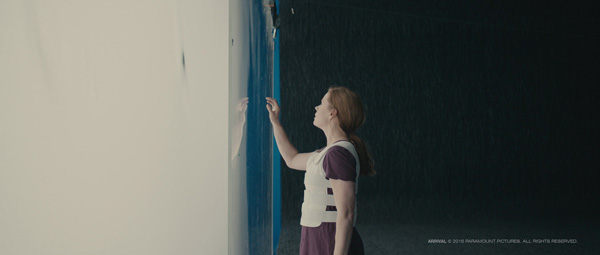
To meet those modelling and animation challenges, when the VFX artists met with the designers during pre-production, they were presented with a reference book of different designs for the aliens. Hybride based their research on the production’s references and ideas, but were also given a lot of freedom in regards to look development, skin texture, environments and alien movement. “We needed to find a nice balance between an alien that is menacing, but also graceful and tall. Once the studio saw the early motion tests, we were then requested to make the necessary design modifications to finalize the look of the aliens.”
Depending on the animator, the aliens were rigged in either Fabric Engine or Softimage, animated in Softimage and/or Maya, and rendered using Arnold in Softimage. Compositing was done using Nuke and Flame.
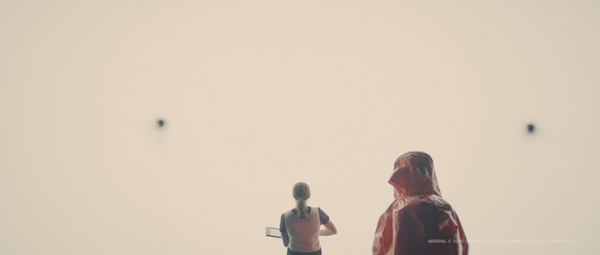
Aliens in the Mist
The atmosphere in which the story’s two main characters meet two of the aliens is full of misty fog. In fact, the production team asked Hybride to create five different, potential looks for five different types of environment and, at first, was leaning more towards a murky, watery environment. However, Denis Villeneuve preferred mist, so that is how the team ended up working with the aliens in mist.
Philippe said, “We developed the fog as a Houdini fluid simulation, creating a single, highly detailed master simulation within a large contained volume. Our layout artists could place the cameras anywhere within the volume and then varied the positions to generate different fog elements. For close-ups of the aliens interacting directly with the fog, compositors augmented this generic atmosphere with either live-action smoke elements or smaller simulations.
“Nevertheless, the CG fog complicated the CG animation process. When we took the animations and started to render them with the fog, we realized that the animation was sometimes lost, or sometimes was simply too busy. In some parts, we had to tone it down because we just wanted a shadow moving in the fog.
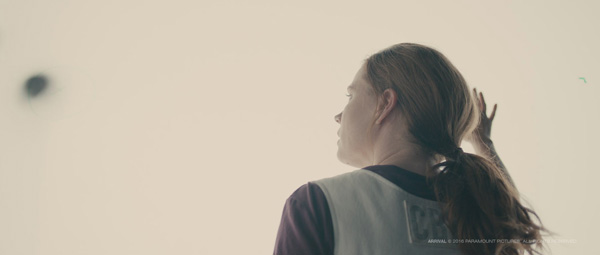
“We came up with a system of transparent grids in an OpenGL ‘hardware view’, to give the animators an idea of what would be seen once the models were rendered in mist. With more than 200 shots with CG fog, our team also had to find ways to make their CG mist FX iterations quick to render, in order to be able to present as many iterations as possible to the production team. We set up a deep compositing pipeline to keep the flexibility to place the aliens further back or forward in the mist according to the director’s vision.” Part of the fog work was rendered with Mantra in Houdini, because of the simulation, and other parts in Softimage used Arnold.
Because the fog radiates white light from within, it not only made alien animation a challenge, it also affected the way the light played on the CG creatures. At first, when the character Louise interacts with the aliens, for example, she thinks she can see the entire creature. The artists used diffused light and shadows to sculpt shapes that would suggest facial features – giving the illusion that Louise is looking into the alien’s eyes, when actually she is not. www.hybride.com
Words: Adriene Hurst
Images: © Paramount Pictures. All rights reserved.


















